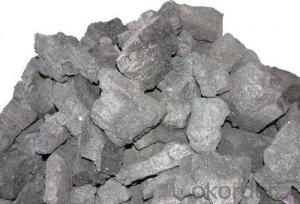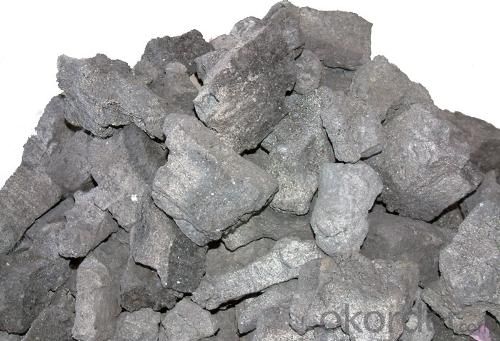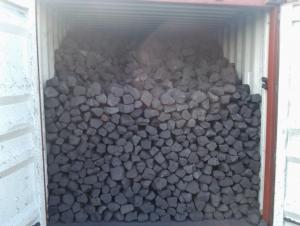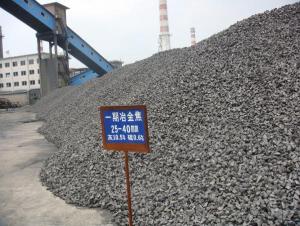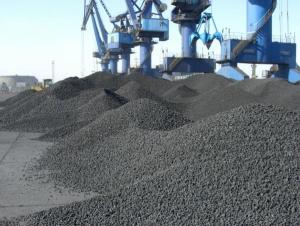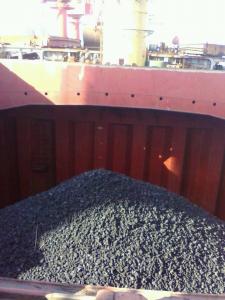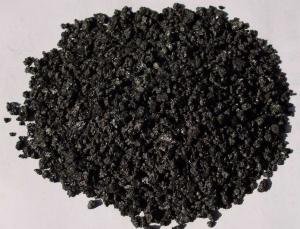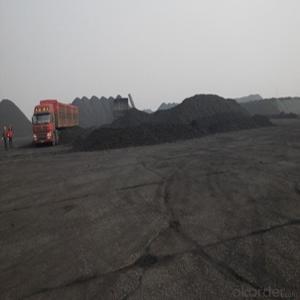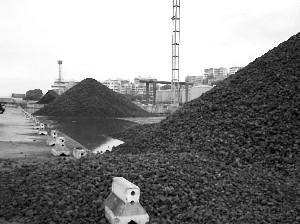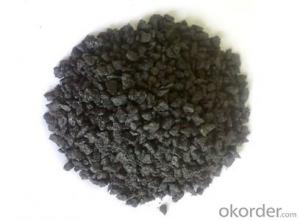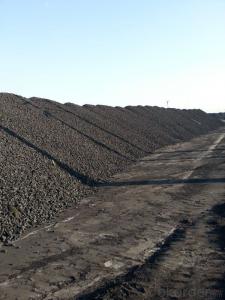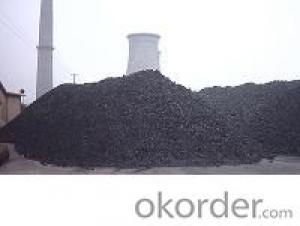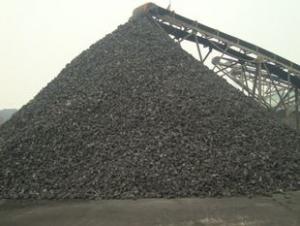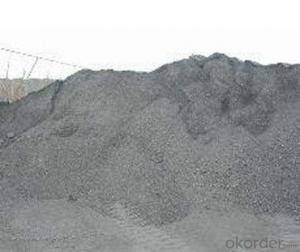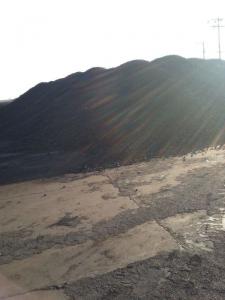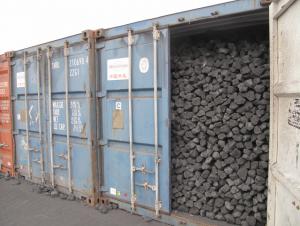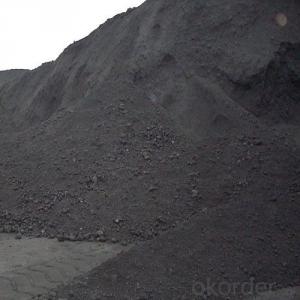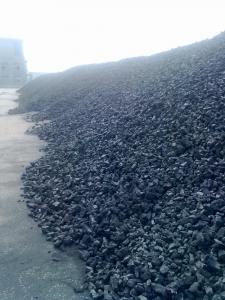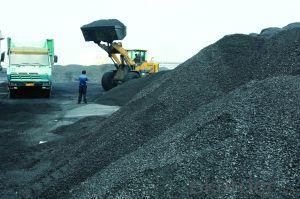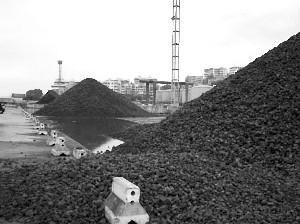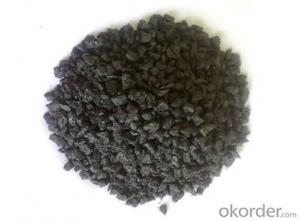NUT COKE of 5 --- 15 mm
- Loading Port:
- Tianjin
- Payment Terms:
- TT OR LC
- Min Order Qty:
- 100 m.t.
- Supply Capability:
- 3000 m.t./month
OKorder Service Pledge
OKorder Financial Service
You Might Also Like
1. Structure of NUT COKE of 5 --- 15 mm Description:
Coke is made by high temperature metallurgical coke for blast furnace smelting, casting and gasification. Occurring in the process of coking after recovery and purification of coke oven gas is a high calorific value of fuel, is an important industrial raw material in organic synthesis.
Coke is mainly used for blast furnace ironmaking and used for copper, lead, zinc, titanium, antimony, mercury and other non-ferrous metal smelting of blast furnace, reducing agent, compound and the function of stock column frame.
Blast furnace with Coke instead of charcoal, which laid a foundation for the large-scale of modern blast furnace, is a major milestone in the history of metallurgy.
2. Main Features of the NUT COKE of 5 --- 15 mm :
• Quality assurance
• Mutual benefit
• Preferential price
3. NUT COKE of 5 --- 15 mm Images:
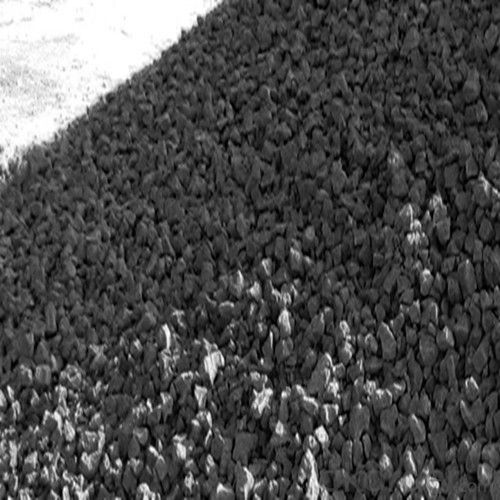
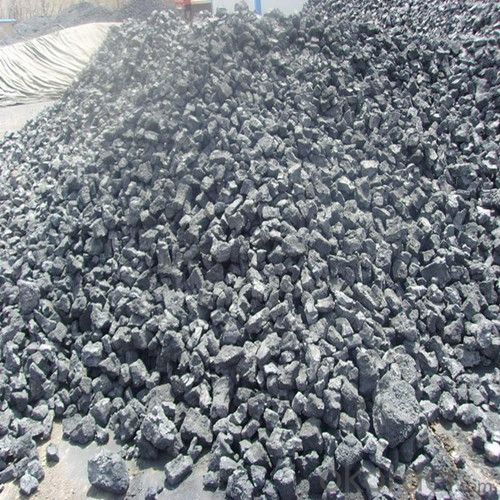
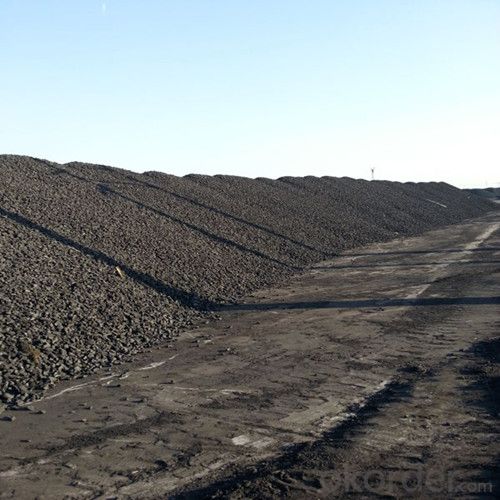
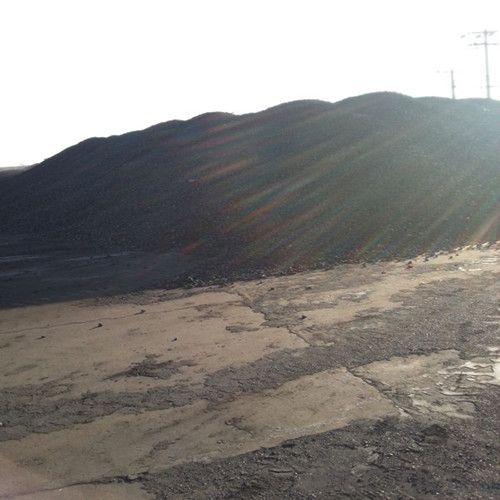
4. NUT COKE of 5 --- 15 mm Specification:
Parameters | Guarantee |
Moisture (ARB) | 5% max |
Ash (DB) | 12.50% max |
Volatile Matter (DB) | 1.4% max |
Sulphur (DB) | 0.7% max |
Phosphorus (DB) | 0.035% max |
CSR | 60% min |
CRI | 28% max |
M40 | 82% min |
M10 | 8% max |
Size 30-90 mm | 90% min |
+90 mm | 5% max |
-30mm | 5% max |
Mean Size | 52 mm |
5. FAQ
We have organized several common questions for our clients,may help you sincerely:
1) How to guarantee the quality of the products?
We have established the international advanced quality management system,every link from raw material to final product we have strict quality test;We resolutely put an end to unqualified products flowing into the market. At the same time, we will provide necessary follow-up service assurance.
2) What are coke's main physical properties?
The average heat capacity is 0.808 kj/(KGK) (100 ℃), 1.465 kj/(KGK) (1000 ℃)
Thermal conductivity is 2.64 kj/(MHK) (room temperature), 6.91 kj/(MHK) (900 ℃);
Ignition temperature (air) is 450-650 ℃.
3) How about your company?
Our company began to export coke when China cancelled 40% of coke export tariffs and quotas on January 1, 2013. We export many kinds of coke, such as CSR60 % and CSR 62% metallurgical coke (met coke), the NUT coke of 20 to 50 mm, coke breeze of 3 to 6 mm, and so on.
- Q: Standard grade two grade coke standard
- 2, the phosphorus in the coke: iron metallurgical coke coke content should be in the following 0.02 - 0.03%.3, the ash content of coke: Coke Ash on the impact of the blast furnace smelting is very significant. Coke ash increased by 1%, coke consumption increased by 2 - 2.5%, therefore, the reduction of coke ash is very necessary.4, volatile in coke: according to the volatile content of coke can determine the maturity of coke. Such as volatile content is greater than 1.5%, is said to produce coke; volatile less than 0.5 - 0.7%, it is said to be overdone, the general maturity of metallurgical coke volatile is divided into about 1%.
- Q: What is the use of petroleum coke
- According to the quality can be divided into two kinds of primary and qualified products. Qualified products are divided into six grades. Used in the manufacture of electrodes, calcium carbide, corundum and so on and used as a filling tank, also used as insulating materials and fuel, etc..
- Q: What are the indicators of first grade coke and the two grade coke?
- No greater than 12 is not greater than 0.6 not less than 80 not greater than 8 not greater than 1.9
- Q: Used in a restaurant?Dry or dry carbon carbon, coke or coke, and I do not know which word is a word of this sound. The use of coke for iron making. They are more than 1000 yuan price.The main problem is: dry carbon is coke?Toxic smoke, then the chimney can not do? Can I use the blower?
- Dry carbon is not coke, but the combustion will produce a lot of harmful substances, it is recommended to install a more advanced cleaning device. Thank you
- Q: Types of coke and use of coke
- Generally speaking, the use of coke in the following industries: blast furnace ironmaking, mechanical casting, calcium carbide production, processing Ferroalloy, chemical fertilizer, gas and high-tech high value-added industries
- Q: Why is coke used in blast furnace steelmaking?Why not use coal?
- The reason of coke used in blast furnace steelmaking:Coke is the product after the desulfurization of coal, because the removal of sulfur in coal, coal tar and other harmful substances, no longer in the process of steelmaking, the impact on the quality of steel, the formation of unnecessary ingredients.
- Q: I see that there are metallurgical coke and coke on the Internet, what is the difference between them (I hope to be able to say in detail) and a level of two points, how is this going on?.. Where is the quality of coke in China? Hunan good coke plant which? Although the problem is a little bit more, I hope that insiders can give some useful information. Extremely grateful.
- Coke is a special and molten iron cupola coke. Coke is the main fuel cupola molten iron. Its role is to melt the burden and make the hot metal overheating, the support column to maintain good ventilation. Therefore, the foundry coke should have large blocks, low reactivity, porosity is small, with impact crushing strength, low ash and sulfur enough
- Q: What is the use of coke
- A definition of English Name: Coke, coke metallurgical coke blast furnace coke, coke, iron alloy coke and non-ferrous metal smelting coke ". Since more than 90% of metallurgical coke is used for blast furnace ironmaking, it is often referred to as coke. Coke is a special and molten iron cupola coke. Coke is the main fuel cupola molten iron. Its role is to melt the burden and make the hot metal overheating, the support column to maintain good ventilation. Therefore, the foundry coke should have large blocks, low reactivity, porosity is small, with impact crushing strength, low ash and sulfur enough.
- Q: I work in the coking plant, so there are conditions to get coke and is burning, I would like to use coke barbecue line? Just like charcoal Mutton Cubes Roasted on a Skewer, OK? Understand the answer
- I work in the coking plant, so there are conditions to get coke and is burning, I would like to use coke barbecue line? Just like charcoal Mutton Cubes Roasted on a Skewer, OK? Understand the answer
- Q: What is the effect of coke moisture on the blast furnace?
- 2, if the long-term use of water containing high coke and blast furnace gas purification system and dry, it will affect the normal operation of the purification system (filtration pressure increased, serious and even lead to normal filtration, also lead to dust can not be normal unloading etc.); more serious for the blast furnace with net gas said not even a normal discharge (top pressure tank or a pressure higher than indoor clock dozens of kPa
Send your message to us
NUT COKE of 5 --- 15 mm
- Loading Port:
- Tianjin
- Payment Terms:
- TT OR LC
- Min Order Qty:
- 100 m.t.
- Supply Capability:
- 3000 m.t./month
OKorder Service Pledge
OKorder Financial Service
Similar products
Hot products
Hot Searches
Related keywords
